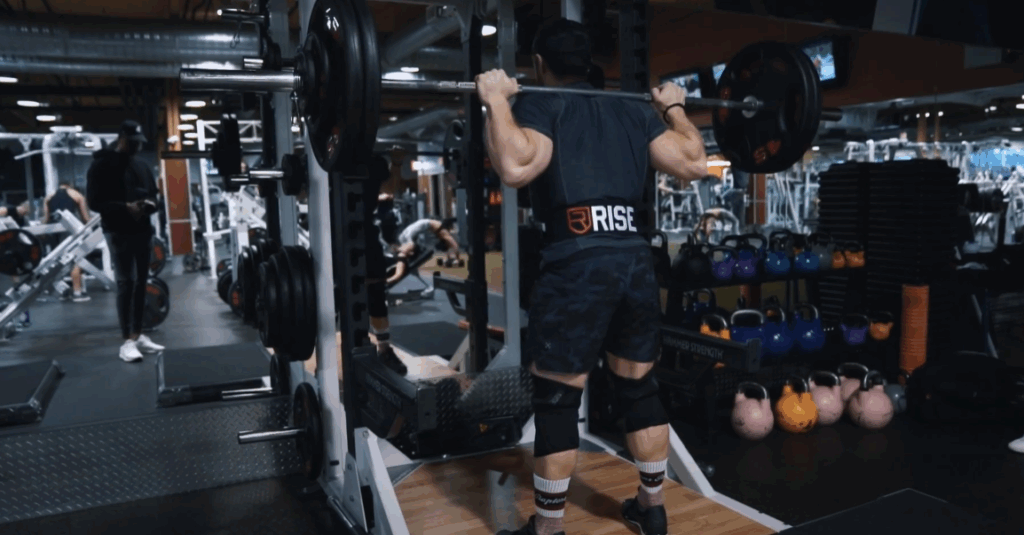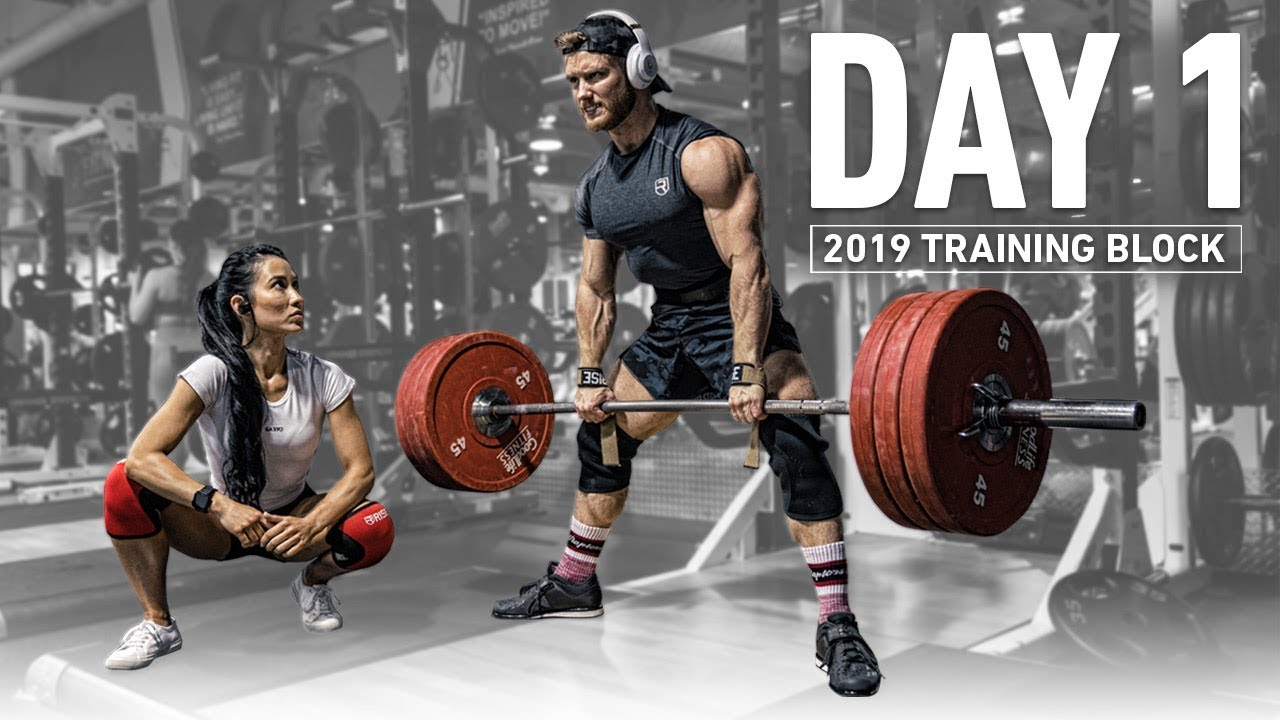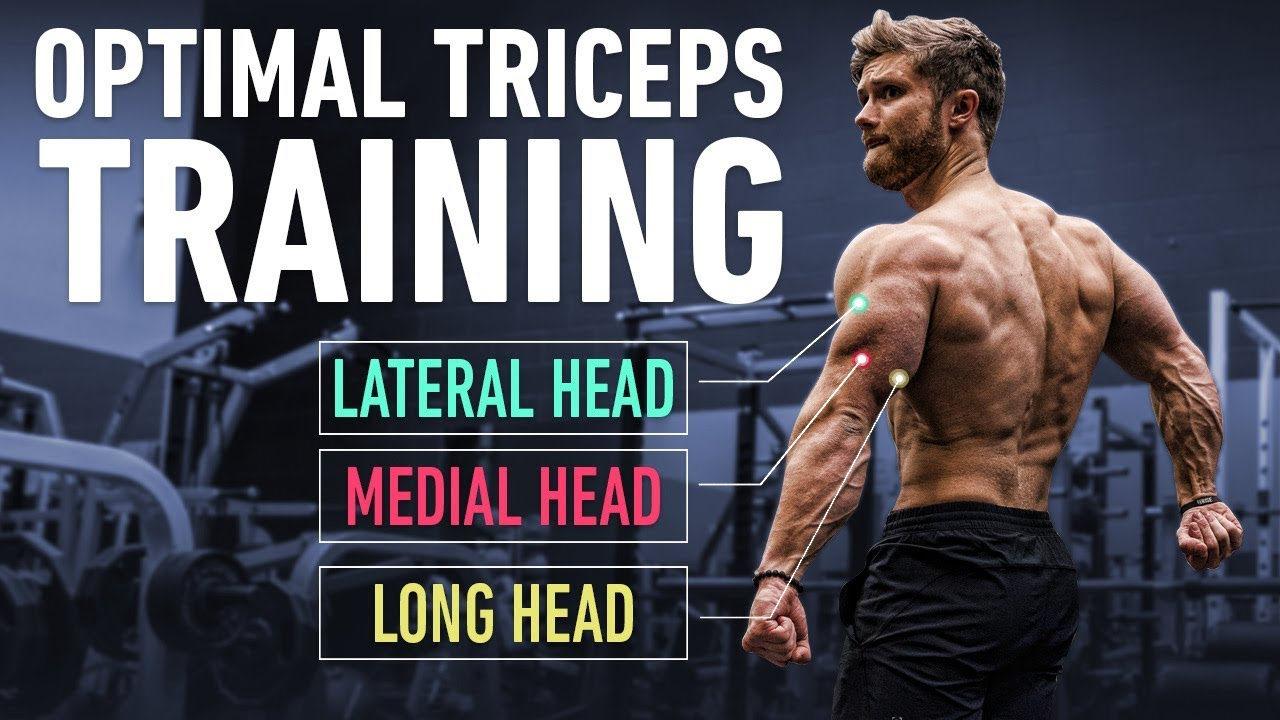Building muscle and strength isn’t just about going hard every session—it’s about training intelligently. Proper programming, strategic deloading, and refining technique are essential for long-term progress and injury prevention. Today, we’ll dive into how to structure your training in phases, the importance of deloading, and a breakdown of an effective lower-body session designed to maximize gains while keeping your joints healthy.
Why Structured Programming Beats Random Training
One of the most common mistakes lifters make is approaching workouts without a long-term plan. While simply “going hard” can work for beginners, eventually progress stalls. Research and experience consistently show that periodization—organizing training into phases or blocks—is far more effective for long-term muscle growth and strength development.
Think of training blocks as phases with a specific purpose. For example:
- Block 1 (Foundation Phase): Focus on perfecting technique and building work capacity with slightly higher volume and moderate intensity.
- Block 2 (Progressive Overload Phase): Lower total volume but increase intensity, pushing closer to failure and lifting heavier weights.
This structured approach ensures that each block builds on the previous one, keeping your body adapting and reducing the risk of overtraining.

The Role of Deloading in Strength and Hypertrophy
A deload is a planned reduction in training volume and intensity, typically lasting about a week. Many lifters skip this step, but it’s crucial for recovery and long-term progress. Here’s why:
1. Recovery for Muscles and Connective Tissue
High-intensity training places stress on not only your muscles but also your tendons, joints, and nervous system. A deload week allows these tissues to recover fully, reducing the risk of overuse injuries.
2. Resetting Technique
As weights get heavier, form often starts to break down. A deload gives you the chance to practice movements with lighter loads, reinforcing proper technique before increasing intensity again.
3. Re-Sensitizing to Training Stimulus
Consistently training near failure can reduce the body’s responsiveness to growth signals. Backing off temporarily makes the next phase of hard training feel more effective.
How to Properly Deload
Many lifters think reducing volume alone is enough, but a proper deload adjusts both volume and intensity. A simple guideline:
- Reduce total sets by 50–75%.
- Train 2–3 RPE lower than usual. For example, if you normally stop 1 rep shy of failure (RPE 9), aim for an RPE of 6–7 during deload.
The key is to truly hold back. Many lifters mistakenly keep training as hard as usual, defeating the purpose.
The Problem with “Muscle Confusion”
Some gym-goers constantly change exercises, claiming it “shocks” the muscles into growth. While variety has its place, excessive variation dilutes progress. If you switch exercises weekly, you’re unlikely to track progression accurately or progressively overload effectively.
Instead, stick with key movements for at least 4–6 weeks, progressively adding weight or reps before switching variations. True training variety should be strategic, not random.

Lower-Body Training: A Smart Approach to Strength and Growth
To illustrate these principles, here’s an example of a lower-body workout from a push-pull-legs program. It’s designed for Block 2, where intensity is increased, but form remains the priority—especially during a deload.
1. Deadlifts – 4 Sets of 3 Reps (75% 1RM)
Deadlifts are the foundation of posterior chain strength, targeting the glutes, hamstrings, spinal erectors, and upper back. During a deload, choose a conservative load (around 70–75% of your max) and focus on:
- Maintaining a neutral spine throughout the lift.
- Engaging lats by pulling the bar close to the body.
- Driving through the floor with your legs rather than yanking with your back.
If you have lower back fatigue or old injuries, err on the side of caution—deload weeks aren’t the time to test maxes.
2. Tempo Back Squats – 2 Sets of 6 Reps (60% 1RM)
Slow eccentrics are one of the best ways to reinforce proper squat mechanics. Lower yourself over two seconds, pause briefly at the bottom, then drive up explosively.
Why tempo squats?
- They help correct form breakdowns (such as knees caving in or hips shooting up).
- You can get excellent muscle activation with lighter weights, reducing joint stress.
While research shows slow eccentrics don’t directly improve hypertrophy compared to normal tempo, they allow you to train effectively with less load—a great option during deloads or technical phases.
3. 45-Degree Hyperextensions (Glute Focus)
Standard back extensions are often performed with excessive spinal extension, turning them into lower back exercises. To target the glutes instead:
- Round your upper back slightly.
- Squeeze your glutes hard to lift your torso, keeping tension on the hips rather than the spine.
- Stop just before full extension to maintain constant tension.
This glute-dominant variation, recommended by experts like Bret Contreras, can sometimes activate the glutes even more effectively than hip thrusts.
4. Smith Machine Reverse Lunges – 2 Sets of 12–15 Reps Each Leg
Single-leg work builds stability, strengthens the glutes and quads, and helps fix muscular imbalances. Start with your weaker leg and match reps with the stronger side.
Keep the movement controlled, focus on balance, and don’t be afraid to reduce reps if cardiovascular fatigue interferes with form.
5. Enhanced Eccentric Leg Curls – 3 Sets of 8–10 Reps
The hamstrings are stronger during the eccentric phase, making slow negatives a great way to maximize their development. Have a partner apply slight downward pressure during the lowering phase to overload the movement safely.
The same principle applies to leg extensions, but be cautious with excessive force, as the knees can be sensitive under high eccentric loads.
6. Hip Abduction Work (Glute Medius Focus)
Finishing with lateral glute exercises strengthens the glute medius, which supports hip stability and helps prevent knee valgus (knees caving inward) during squats.
Cable or banded hip abductions are great options, and training the glutes in multiple planes of motion contributes to better overall lower-body development.
Should Bodybuilders Deload?
Some argue that pure hypertrophy training doesn’t require deloads because bodybuilders often leave a few reps in reserve instead of training to max effort. However, incorporating occasional strength phases (and thus deloads) can:
- Improve overall workload capacity.
- Enhance progressive overload potential.
- Prevent overuse injuries by cycling intensity.
Even if you focus solely on muscle growth, deloading every 6–10 weeks can help reset motivation and maintain longevity in training.

Final Takeaways
- Plan Your Training in Blocks: Build work capacity first, then increase intensity gradually.
- Deload Strategically: Reduce both volume and intensity every 6–8 weeks to recover and reset.
- Focus on Technique: Use tempo work and lighter phases to perfect form before pushing heavier weights.
- Avoid Random Programming: Stick to key exercises long enough to track progress and progressively overload.
Smart training isn’t about doing more; it’s about doing the right things at the right time. Incorporating periodization, deloading, and technical refinement will help you build strength and muscle safely and consistently for years to come.



